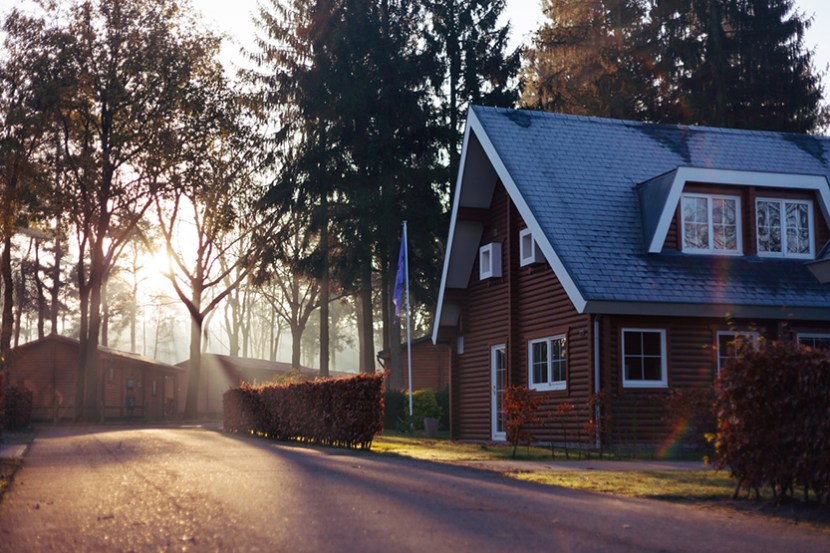
November Existing Home Sales Drop 1.7%

Existing home sales fell in November, the National Association of Realtors reported yesterday, putting a damper on what had otherwise been a strong month for housing market performance.
NAR said total existing home sales fell by 1.7% from October to a seasonally adjusted annual rate of 5.35 million; although they improved by 2.7% from a year ago (5.21 million. Single-family home sales fell to 4.79 million units in November, down from 4.85 million in October, but up 3.5% from a year ago. The median existing single-family home price was $274,000 in November 2019, up 5.4% from a year ago. Existing condominium and co-op sales fell to 560,000 units in November, down 5.1% from October and 3.4% lower than a year ago. The median existing condo price was $248,200 in November, which is an increase of 4.5% from a year ago.
Regionally, declines in the South and West more than offset gains in the Northeast and Midwest. In the South, sales fell by 3.9% to an annual rate of 2.24 million in October, but improved by 3.7% from a year ago. The median price in the South rose to $234,400, a 4.8% increase from a year ago. In the West, sales fell by 3.5% to an annual rate of 1.09 million in November but improved by 4.8% from a year ago. The median price in the West rose to $410,700, up 7.1% from a year ago.
Sales in the Northeast rose by 1.4% to an annual rate of 700,000, down 1.4% from a year ago. The median price in the Northeast rose to $301,700 and improved by 3.9% from a year ago. Sales in the Midwest rose by 2.3% to an annual rate of 1.32 million and improved by 1.5% from a year ago. The median price in the Midwest rose to $209,700, a 5.9% jump from a year ago.
“Existing home sales dipped in November, as housing supply declined even further to 3.7 months at the current sales pace,” said Mike Fratantoni, Chief Economist with the Mortgage Bankers Association. “MBA’s mortgage applications data show that demand is still strong, given the healthy job market and low mortgage rates. The lack of supply continues to be the constraint slowing prospective buyers. The news this week that builders are picking up the pace of new construction is quite positive. More inventory is needed to meet the underlying demand for buying a home.”
Mark Vitner, Senior Economist with Wells Fargo Securities, Charlotte, N.C., said sales should continue to improve with support from low mortgage rates, although inventory shortages could limit the upside. “Homes continue to sell fairly swiftly, averaging just 38 days on the market, quicker than the 42 averaged during the same month last year and clear evidence that demand remains strong,” he said. “Low supply is keeping upward pressure on prices.”
NAR Chief Economist Lawrence Yun said the decline in sales for November is not a cause for worry. “Sales will be choppy when inventory levels are low, but the economy is otherwise performing very well with more than 2 million job gains in the past year,” he said.
NAR said the median existing home price for all housing types in October rose to $271,300, up 5.4% from a year ago ($257,400), as prices rose in all regions. November’s price increase marks 93 straight months of year-over-year gains. Total housing inventory at the end of November fell to 1.64 million units, down 7.3% from October and 5.7% from one year ago (1.74 million). Unsold inventory sits at a 3.7-month supply at the current sales pace, down from 3.9 months in October and from the 4.0-month figure recorded in November 2018. Unsold inventory totals have declined for five consecutive months, constraining home sales.
The report said compared to one year ago, fewer homes sold below $250,000; with a 16% decline for homes priced below $100,000 and a 4% reduction for homes priced from $100,000 to below $250,000.
“The new home construction seems to be coming to the market, but we are still not seeing the amount of construction needed to solve the housing shortage,” Yun said. “It is time for builders to be innovative and creative, possibly incorporating more factory-made modules to make houses affordable rather than building homes all on-site.”
NAR said properties typically remained on the market for 38 days in November, seasonally up from 36 days in October, but down from the 42 days a year ago. Forty-five percent of homes sold in November 2019 were on the market for less than a month. First-time buyers represented 32% of sales in November, essentially unchanged from the 31% seen in October and 33% in November 2018.
The report said individual investors purchased 16% of homes in November, up from both 14% in October and from 13% a year ago. All-cash sales accounted for 20% of transactions in November, about even with 19% in October and 21% a year ago. Distressed sales represented 2% of sales in November, unchanged from both October 2019 and a year ago.
